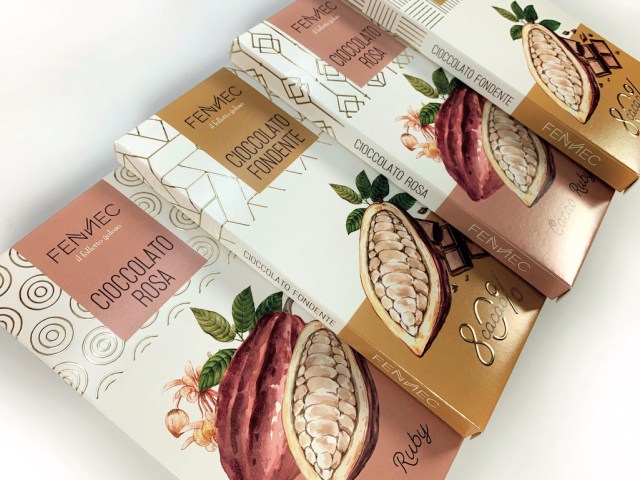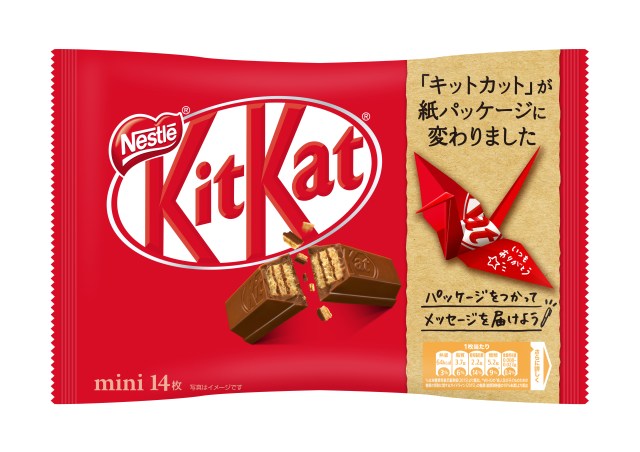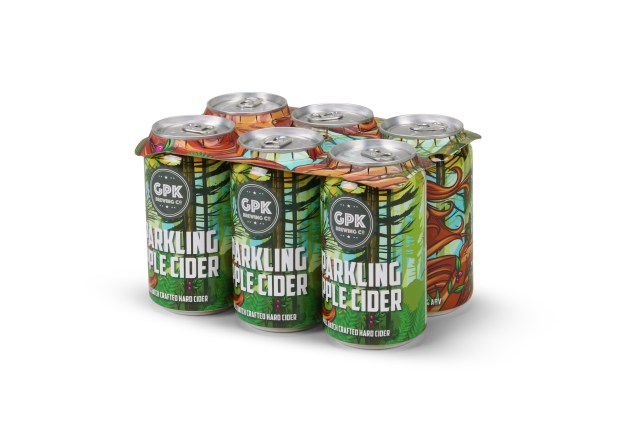
This article first appeared in the April 2025 issue of ProPack.pro magazine, authored by AIP’s Nerida Kelton
Designing packaging that is thoughtful, intuitive, and accessible can be the difference between edible food being unnecessarily wasted, or not, in a household.
Accessible and inclusive packaging makes all the difference to so many people with limited functional abilities in the community; but yet it is often overlooked in the design process.
Key guidelines for accessible packaging include packaging that is easy to open and reclose, clear intuitive instructions, highly legible font, colours and labelling, and unique intuitive design features that eliminates the angst so many people have with packaging. True fit-for-purpose packaging needs to demonstrate ease of use design principles.
All too often, accessible packaging is not considered in the new product development stage, which in turn leads to unnecessary frustration such as opening and resealing packs, reading the ingredients or labelling, and being able to intuitively open the packaging without hurting oneself.
How many times have we all grabbed a knife to open a pack of ham, spilt food across the kitchen countertop because the pack was too hard to open, been unable to read the text on the pack (even with glasses on), or used your teeth to open a pack and then vowed to never buy that brand again?
You, as brand owners, must consider accessible design and ease of use elements in your packaging designs. Have you tested your packaging with all your target audiences? For one, can they open and close the pack?
As someone with the unique opportunity to work in many countries around the world, the best part of my job is visiting retail stores to see how each region is designing their packaging.
One of my latest trips was to Japan and I have never seen more thoughtful, accessible, and inclusive packaging designs before. The trip re-confirmed for me that Japanese embed accessible and inclusive design principles into almost all of their packaging – right from the start of the design process – and should be a benchmark for other countries.
The thoughtful, accessible, and inclusive designs I saw truly do make life easier for everyone in society. Japanese packaging designs consider the needs of all types of people – visually impaired, people with disabilities, senior members of the community, and people that have difficulty opening and closing packaging. Japanese packaging also intuitively communicates to the consumer how to open and close the packaging. The packs display arrows, feature text explanations, and include multiple tear and notch points. The packaging is so intuitive by nature, it makes opening and closing the packaging easy.
Alcoholic cans with braille
One innovative accessible and inclusive packaging design feature in Japan is that all alcoholic beverage cans have braille on the top to indicate to the visually impaired that the beverage they have selected contains alcohol. This ensures the consumer doesn’t accidentally purchase alcohol instead of another beverage.
Milk cartons with notch points
Next time you are in Japan, head to the milk aisle. You will notice that some milk cartons have notch points or arc-shaped indentations on the top and some do not. These notch points alert the visually impaired that the carton is a pure milk product. Those without the indentation are not.
No more mistakes confusing shampoo with conditioner
One of the most frustrating issues many of us face when we are in the shower is working out which bottle is shampoo, and which is conditioner. This can be due to the packaging being similar in colour, shape, and design, the font being too small to read on the bottles, or the text being illegible.
Japanese shampoo and conditioner bottles are designed differently and can be deciphered merely by touching the bottle. Shampoo bottles have textured stripes on the side and conditioner bottles have none. This is also an ideal feature for visitors to Japan who are unable to read Japanese, as well as visually impaired.
Accessible and inclusive packaging design that is intuitive, easy-to-open and innovative should be an integral part of your packaging and I encourage you to integrate this critical element into your future design processes. Your packaging could make a difference for so many people – just take Japan as an exemplar for this type of design.


